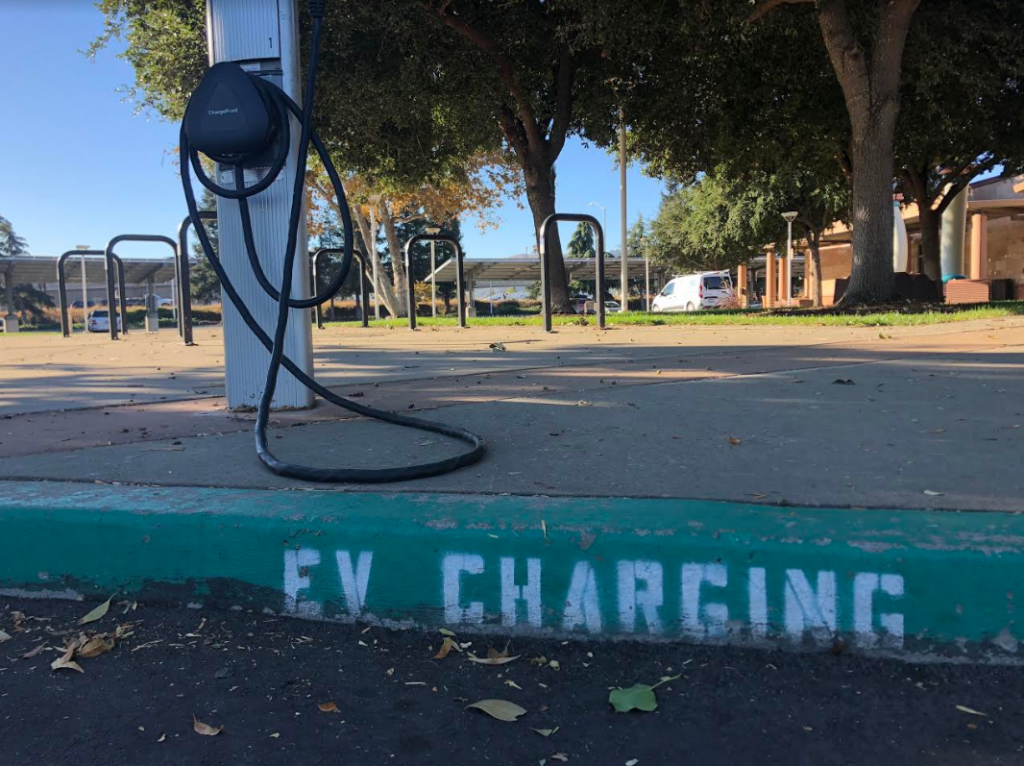Heading 2
Lorem ipsum dolor sit amet, consectetur adipisicing elit. Nostrum minus ea suscipit porro alias corporis libero at. Perferendis omnis, veniam nemo beatae vel? Tempora numquam a repellat eaque natus, magnam?
Heading 2
Lorem ipsum dolor sit amet, consectetur adipisicing elit. Autem ipsum mollitia neque, illum illo excepturi, eum incidunt fugit nostrum est, voluptate eaque minima corporis debitis at, dolores ipsam. Quaerat, dolores.
Heading 2
Lorem ipsum dolor sit amet, consectetur adipisicing elit. Autem ipsum mollitia neque, illum illo excepturi, eum incidunt fugit nostrum est, voluptate eaque minima corporis debitis at, dolores ipsam. Quaerat, dolores.
Heading 2
Lorem ipsum dolor sit amet, consectetur adipisicing elit. Autem ipsum mollitia neque, illum illo excepturi, eum incidunt fugit nostrum est, voluptate eaque minima corporis debitis at, dolores ipsam. Quaerat, dolores.
Heading 2
Lorem ipsum dolor sit amet, consectetur adipisicing elit. Autem ipsum mollitia neque, illum illo excepturi, eum incidunt fugit nostrum est, voluptate eaque minima corporis debitis at, dolores ipsam. Quaerat, dolores.
In an unexpected filing (9/28), PG&E asked the California Public Utilities Commission (CPUC) for approval to sell off nearly 2,800 MW of its 5,600 MW of hydropower and other non-nuclear generating assets to one or more investors. PG&E also asked the CPUC’s permission to create a new state-regulated subsidiary to house all of its non-nuclear generation, which will be called PG&E Pacific.
There is a big question surrounding the PG&E move. Exactly which of the assets in the new subsidiary will be sold: the 2,700 MW of hydro, 1,400 MW of gas plants, 1,350 MW of batteries and pumped storage, and, or 152 MW of solar, and at what price?
According to a filing that PG&E also made this week with the Securities & Exchange Commission, the 2023 rate base forecast for the total 5,600 GWs is $3.5 billion.
Former CEC Commissioner John Geesman, who now represents the Alliance for Nuclear Responsibility asked Tom Jones, PG&E director, whether the 2,200 MW Diablo Canyon Nuclear Plant will also be put up for sale during the Wednesday evening meeting of the Diablo Canyon Independent Safety Committee. The hearing focused on what steps would be necessary to extend the life of Diablo past its federal license expirations mid-decade pursuant to new state law. SB 846 authorizes the CDWR to give PG&E a $1.4 billion forgivable loan to keep Diablo online to 2030. PG&E is also seeking up to $ 6 billion from the Department of Energy to keep the plant running past 2025.
Jones replied Diablo was not for sale. “We want to sell equity in our hydropower facilities to bring in revenue,” Jones said. PG&E’s hydropower basins cover nearly 500 miles and use water from more than 98 reservoirs.
Under the filing, PG&E said they will file for approval from the Federal Energy Regulatory Commission (FERC) to transfer its hydropower licenses.
PG&E’s plan to sell no more than 49.9% of its generation allows it to be the majority owner.
The SEC filing noting the potential sale came two days after PG&E revealed that the U.S Forest Service launched a criminal investigation into whether utility lines on forest service land started the Mosquito Fire burning in Placer and El Dorado counties.
In early 2020, state legislation was introduced to have the state takeover PG&E after it entered voluntary bankruptcy because of massive wildfire liability. Sen Scott Weiner’s SB 917, however, failed to pass out of the Senate Energy Utilities & Communications Committee.
In Other PG&E News This Week
A dozen fires that ripped through Northern California in October 2017 were sparked by downed power lines owned by PG&E, according to the California Department of Forestry and Fire Protection (CalFire). The fires raged across California’s wine country, including Napa, Sonoma, Humboldt, Butte, and Mendocino counties, and killed 19 people. PG&E announced this week that former executives agreed to a $117-million settlement over those wildfires.
PG&E also announced this week that US Forest Service officials have taken possession of a utility transmission pole and attached equipment in a criminal probe into what started a Northern California fire that has become the largest in the state this year. The Mosquito Fire has burned over 120 square miles and has destroyed 78 homes.
At present PG&E seems to have several moving parts at several agencies – and will likely wind up in more legislative activity and hearings when the Legislature returns to work in December and next year.

